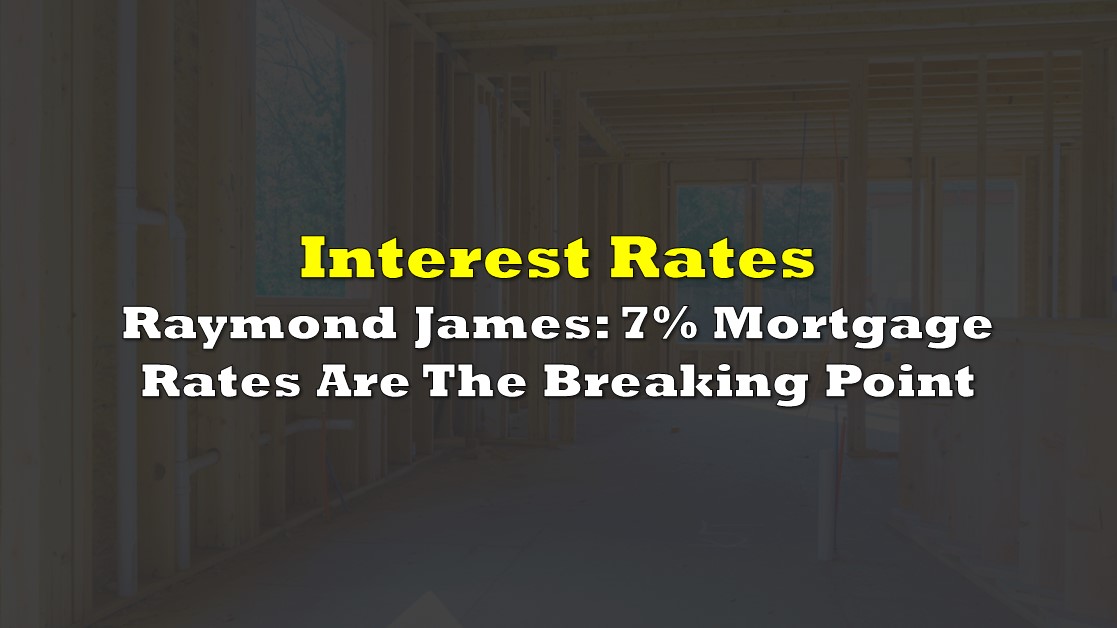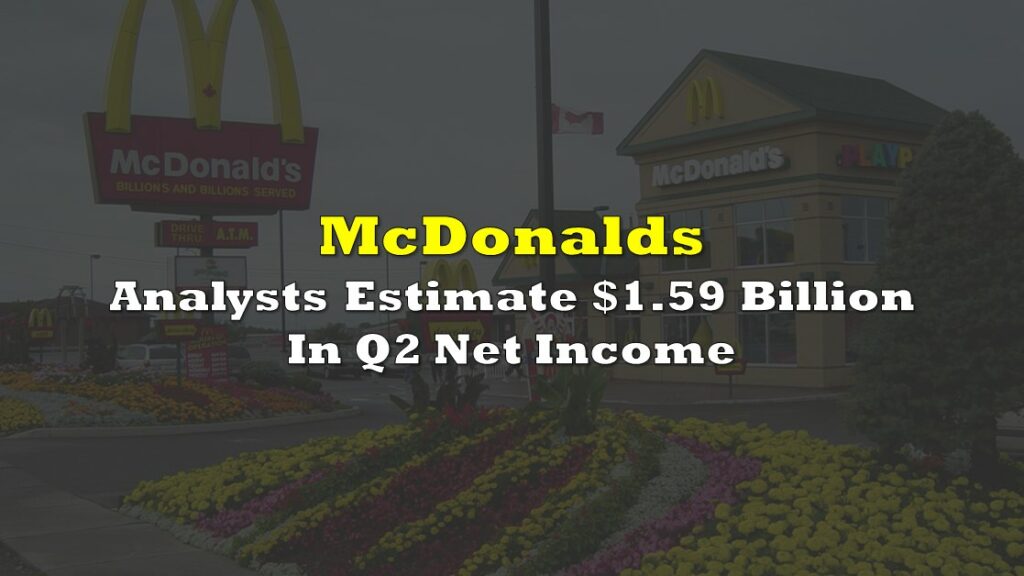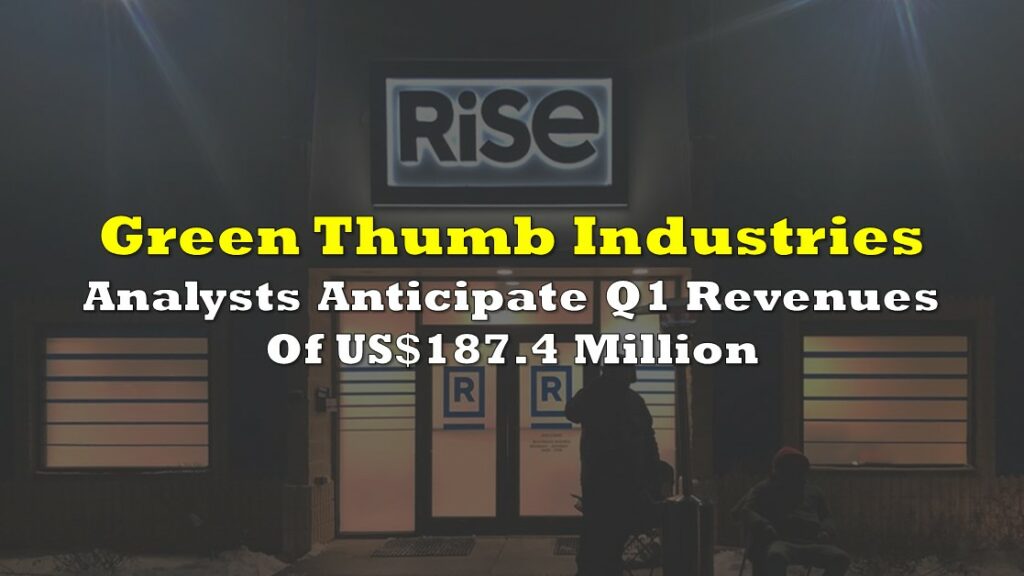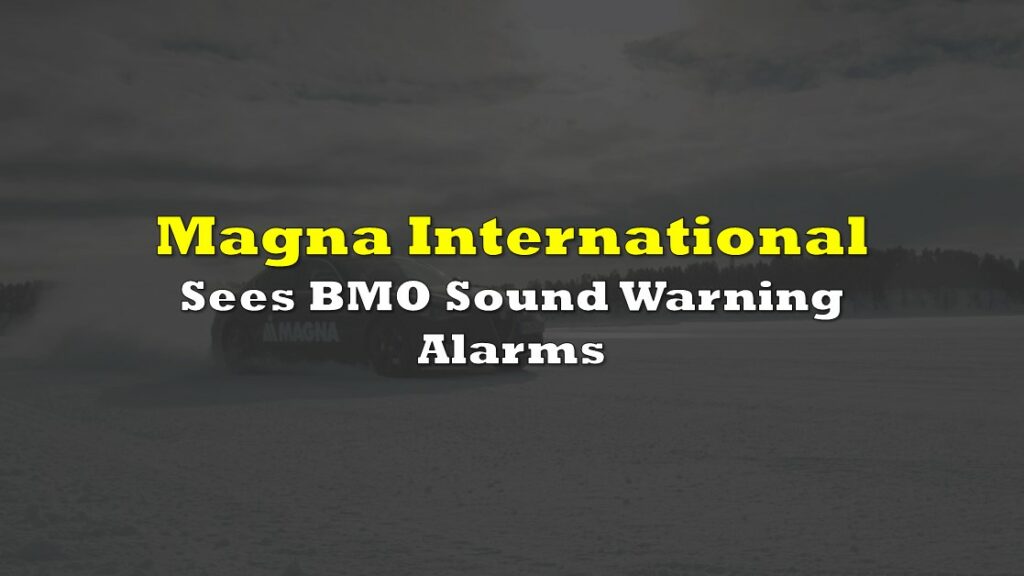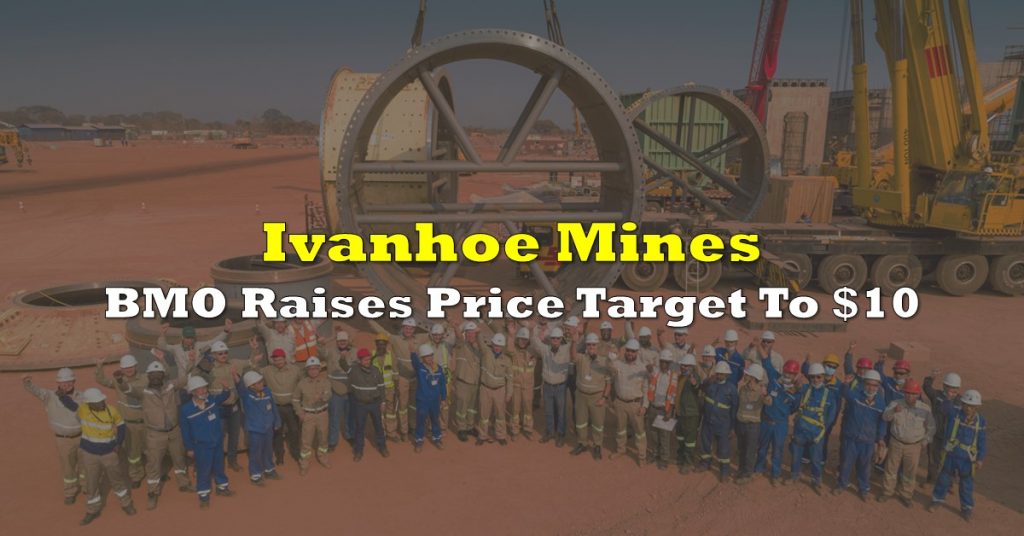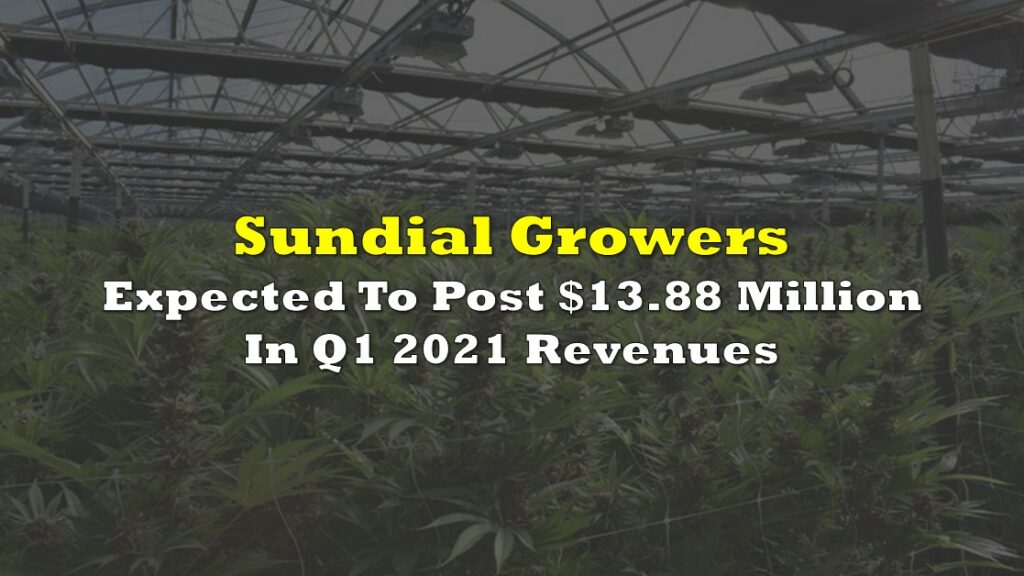It looks as if Raymond James is the first investment bank to throw in the towel on homebuilders and the housing market, as they downgraded every homebuilder in their coverage while also discontinuing their price targets on all but one single homebuilder.
The companies in Raymond James coverage include D.R. Horton (NYSE: DHI), KB Home (NYSE: KBH), Lennar Corporation (NYSE: LEN), M.D.C. Holdings (NYSE: MDC), PulteGroup (NYSE: PHM), and Toll Brothers (NYSE: TOL). Outside of D.R Horton, all the names have seen their price target get discontinued while being downgraded to market perform, while D.R Horton was downgraded to Outperform from Strong Buy and its price target cut from $103 to $77.
Raymond James says that with mortgage rates hitting and breaching 7%, house affordability gets crippled and that all the metrics they track internally for housing affordability, “are now in the unprecedented territory – including our favored homeownership payment/income ratio.” They calculate that the monthly financing for a median existing home would be almost 42% of a median family’s gross income at the current price. For context, in 2006 at peak housing, monthly financing was 40% of a family’s gross income.
Additionally, they point to several anecdotes and indicators to “corroborate that the recent parabolic spike in rates has cratered what residual housing demand was still in the market this summer.” While also noting that inflation indicators remain elevated, causing the Federal Reserve to continuously raise rates, suggesting that the sector will not have a soft landing and should rather brace for a hard landing with “significantly lower absorption rates and downward pressure on new home prices.”
Raymond James concedes that homebuilders are already priced as if there was going to be a steep housing recession, with many names currently trading below tangible book value. Still, they also believe that the sector will continue to “materially underperform” the S&P from here. They provide investors with the “rough sketch” of their assumptions embedded in their street-low EPS estimates.
These include absorption rates dropping to 2011 levels, new home average order prices dropping by 20% to 25% by 2023, gross margins declining by between 6.5% and 10% by the end of 2023, no significant land impairments, and 2023 projected new home deliveries declining between 30% and 55% year over year.
The analysts follow this up by saying that these assumptions and fundamental downgrades are them “throwing the kitchen sink.” They do note that even with these bedrock estimates and forecasts, they do not expect the companies in their coverage are at risk of turning unprofitable during 2023 and believe it would take “a sustained and severe economic recession throughout next year to put any prospective 2024 estimates in the red.”
Raymond James says that this expected housing crash will not be the same as the one during The Great Financial Crash of 2008, suggesting that the risk of mortgage defaults and foreclosures remains very low for the foreseeable future. They add that lending standards have been very tight since the GFC, so the subprime market is non-existent.
They also believe homebuilders will have to “make the hard decision” to protect their margins or meet the market with lower pricing. They still do believe that the U.S housing market remains undersupplied by about 2 million units as remote work trends remain sticky and a “mini baby-boom is underway among 30-something millennials.”
Information for this briefing was found via Edgar and Refinitiv. The author has no securities or affiliations related to this organization. Not a recommendation to buy or sell. Always do additional research and consult a professional before purchasing a security. The author holds no licenses.

